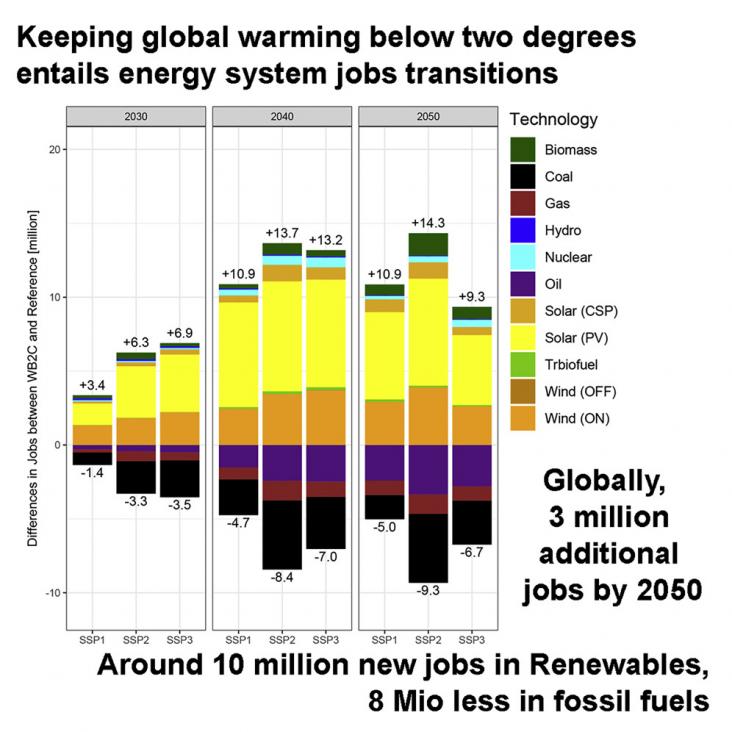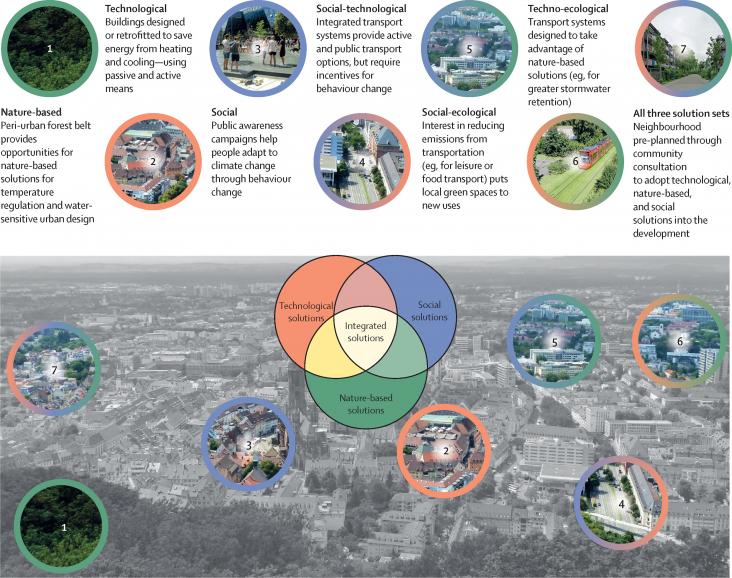A declaration from regional, national, and international pediatric organizations—together with multidisciplinary child health professionals, child advocates, youth, and families—to address the climate crisis and its adverse effects on child health.
This study, which supports SDG's 13 and 15 looks at how important drivers like water level and bioturbation affect soil characteristics in the development of novel ecosystems aiming to improve the functioning of degraded landscapes.
This study supports SDGs 13,14 and 15 by unveiling the palaeoenvironment in response to global climate changes.
This study ties to all of the goals affected by climate change and health, including Goals 2, 3, 6, 7, 10, 11, 12, and 13, by investigating which methods by advocates work best to garner support for effective actions on climate change.
A study to evaluate medical student perceptions on the intersection of climate change and health in medical education.
Background: Europe has emerged as a major climate change hotspot, both in terms of an increase in seasonal averages and climate extremes.

To limit global warming to well-below 2°C (WB2C), fossil fuels must be replaced by low-carbon energy sources. Support for this transition is often dampened by the impact on fossil fuel jobs.
Owing to its versatility, biomass can be used for a range of CO2 mitigation and removal options.

Record climate extremes are reducing urban liveability, compounding inequality, and threatening infrastructure.

Within recent years, demand as well as supply of products to replace meat, so called meat alternatives, have increased. For future products, new plant-based protein sources are of high interest.
